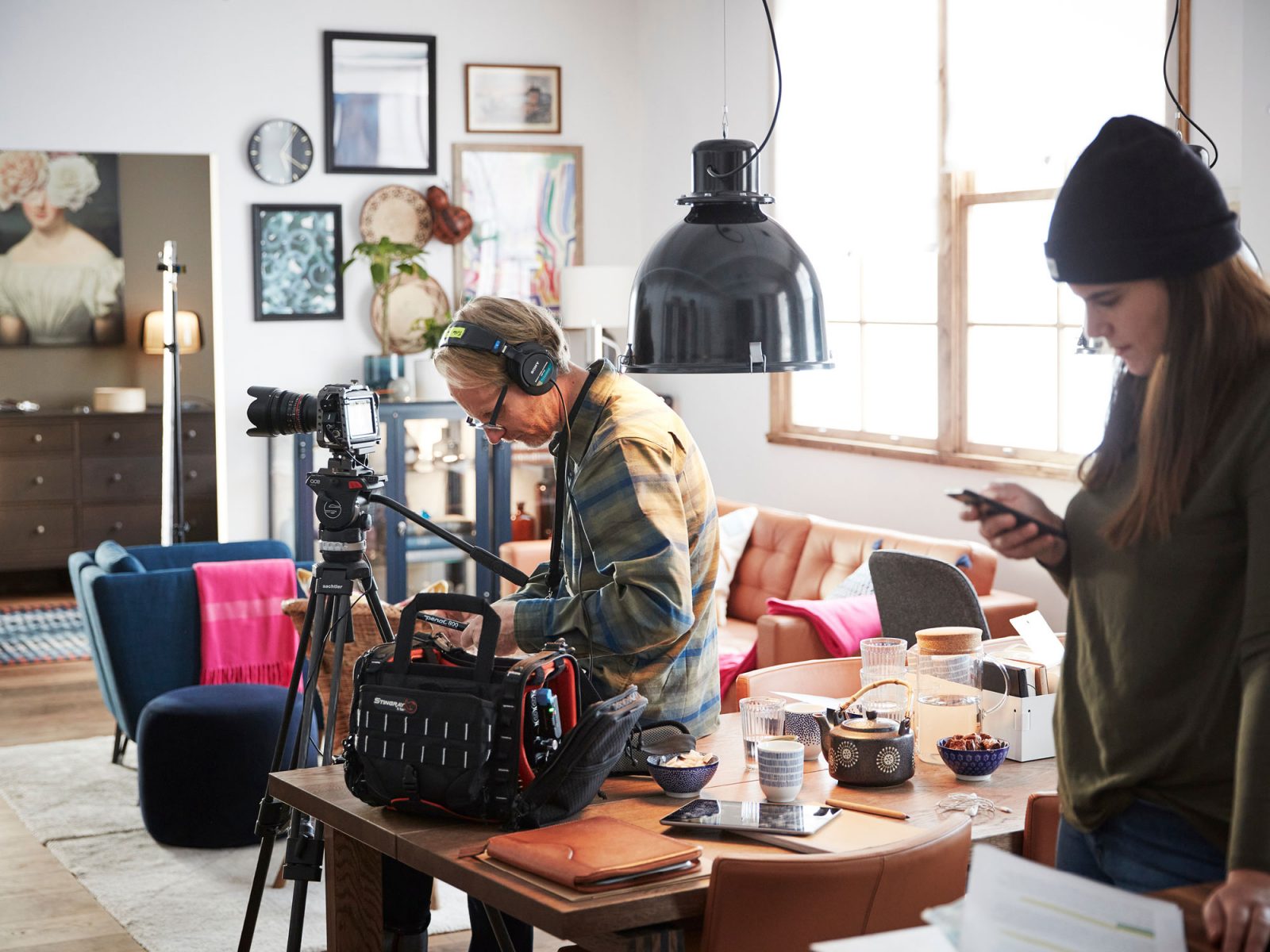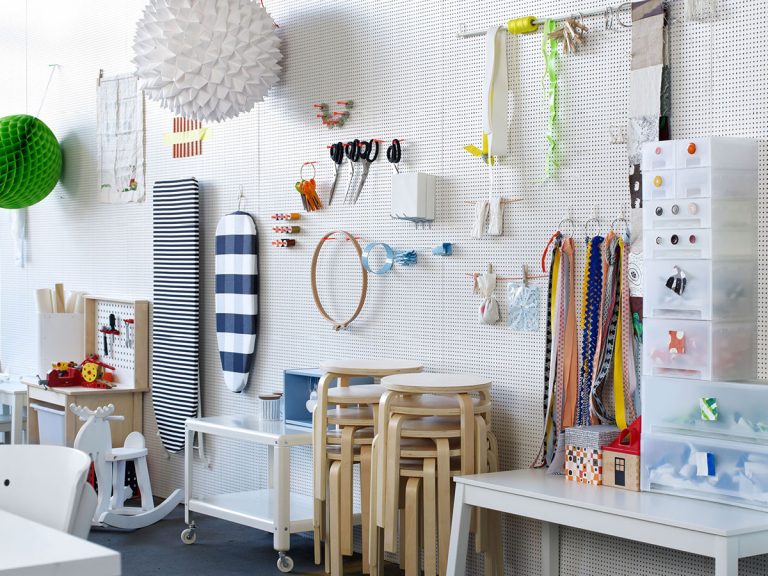One person who was there for the journey until the printed catalogue was retired was Lena Simonsson Berge, former head of communication and brand identity at IKEA. She describes the general feeling at the time like hesitating on a springboard. Should we jump? When should we jump? When will we dare to make that leap?
“It was a bit like that,” Lena remembers. “And the springboard kept on getting shorter and narrower. It was about digitisation, but also about distribution difficulties. IKEA didn’t discontinue the printed catalogue because the contents weren’t relevant – it remained just as interesting and had long been shared in all kinds of ways. It was discontinued because the media landscape and people’s behaviour had changed.”





















